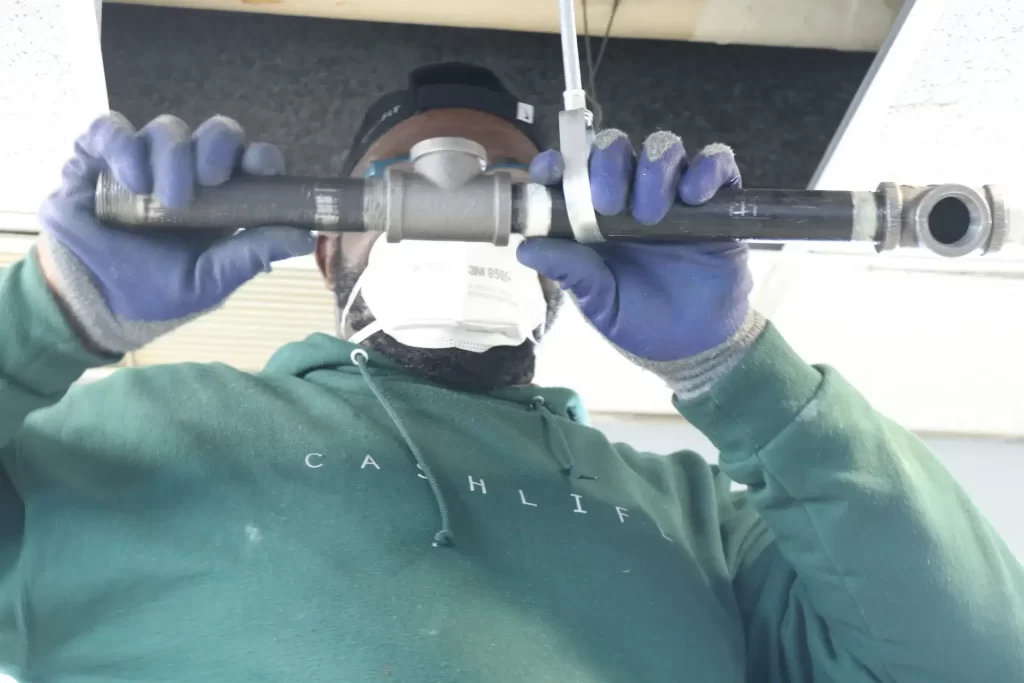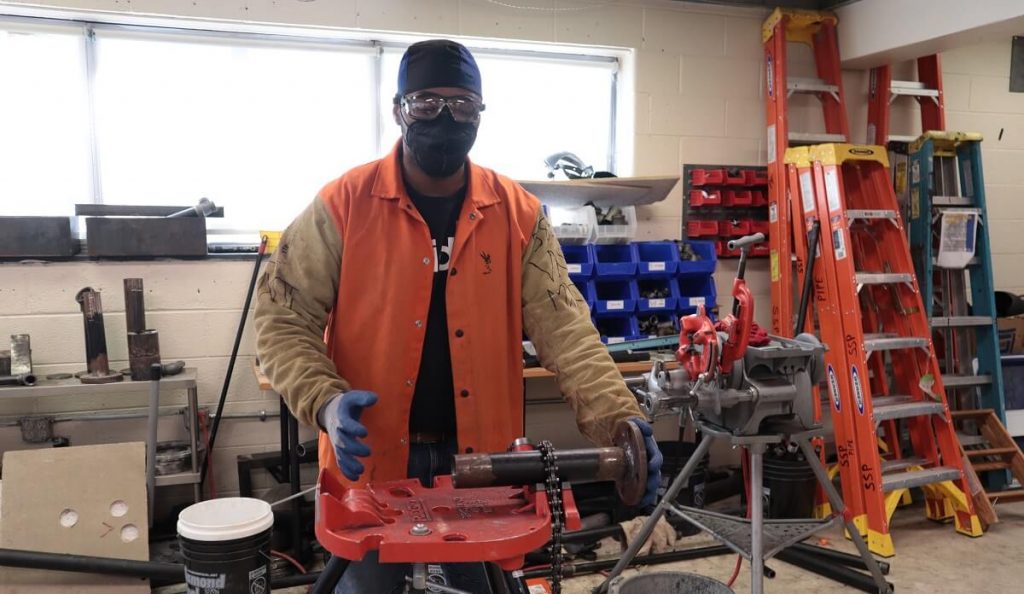A pipefitting training program consists typically of theoretical and practical instruction, giving students the knowledge and abilities to install, maintain, and fix pipes used in various sectors. It is essential to several sectors, including manufacturing, oil & gas, and construction. Therefore, the economy can benefit significantly from a workforce that has completed the pipefitting training program.
Major Components Of the Pipefitting Training Program
The essentials of pipe fitting, such as reading blueprints, pipe size, and material selection, are taught to students in a classroom environment. Additionally, they learn how to use hand and power tools and are instructed on safety protocols.
Students acquire practical experience through education in the actual world. They acquire the knowledge necessary to install, maintain, and repair various pipes, including steel, copper, and plastic. They also learn how to utilise specialised instruments like pipe cutters and welding equipment.
Many pipefitting training programs provide apprentice opportunities, which let students work with seasoned industry experts. Through apprenticeships, students can learn from professionals in their field while getting real-world experience.
Pipefitting training programs may offer certifications demonstrating a learner’s field proficiency. Certificates are typically earned through classroom instruction, hands-on training, and passing a certification exam.

To stay up-to-date with industry trends and regulations, pipefitters may need to participate in continuing education courses. Training programs or industry organizations may offer these courses.
Pipefitting training programs can have a significant economic influence on both individuals and society as a whole. Here are some of how such training programs can contribute to economic growth:
Workers may be guaranteed to have the ability to install and maintain piping systems swiftly and effectively with the help of a pipefitting training program. This might boost output and cut business expenses, eventually spur economic expansion.
Working with potentially hazardous materials, such as gases and liquids under high pressure, is expected at a pipefitter training center. Trained staff may decrease the likelihood of accidents and injuries, which also lowers the costs of missed productivity and medical bills.
For those looking for work in the sector, a pipefitting training program may open up career options. This might lower unemployment rates, raise living standards, and boost consumer spending, all of which would be beneficial for the economy.
Training programs can improve job prospects by arming participants with the skills needed to become efficient pipe fitters. This may result in more pay and improved work stability, which have a favorable effect on someone’s financial situation.
Numerous sectors, including manufacturing, oil and gas, construction, and pipe fitting, high demand skilled pipe fitters. By creating a pipeline of competent personnel, training programs can assist in meeting this need.

Well-trained pipe fitters in trade programs can complete their work more efficiently and effectively, leading to increased productivity and profitability for their employers.
Businesses may maintain their competitiveness in the global market by employing qualified workers. Companies can finish projects quickly and with high quality when they have qualified and effective pipefitters, which may enhance demand for their services.
Many industries, including the provision of water, transportation, and energy, depend on properly operating piping systems. By ensuring the required infrastructure is in place, pipefitter training may draw in investment, provide jobs, and support economic growth.
Pipe fitting is a hazardous occupation, and training programs can help reduce the incidence of workplace injuries and accidents. This can lead to reduced healthcare costs and fewer lost workdays for both workers and employers.
As more skilled workers enter the workforce, industries can expand and grow, increasing economic activity and growth.
In summary, pipefitting training can have a positive economic impact by increasing employability, meeting the demand for skilled workers, increasing productivity, reducing safety incidents, and contributing to economic growth.
Read More: